If you have launched your app in the Google Play Store and/or App Store, you are bound to see an increase in the number of your user reviews received. This bump in app reviews is great, but what should you do with all of them?
How do you turn all these app reviews into actionable data? When you start to stare at the mountain of app user feedback, app review analysis will shed ample light on what you should do next.
Let's take a look at some simple, straightforward, and effective app review analysis techniques in this blog and use it to make data-driven decisions.
Table Of Contents:
- Sentiment Analysis
- Creating Word Cloud
- Performing Root-Cause Analysis And 5 Whys
- Net Promoter Score Survey
- Review Tagging
You can directly jump to a section of your choice or keep scrolling.
1. Sentiment Analysis
A sentiment analysis algorithm uses deep learning, natural language processing (NLP), and machine learning techniques to determine whether an app review is positive, negative, or neutral in sentiment (emotion). The only drawback of this technique is that the sentiment analysis technique cannot catch sarcastic reviews or comments.
It helps you identify how your customers feel about your app from their reviews, which is like a gold mine for customer-centric businesses. It's a quantitative way to track and report on customer experience and brand reputation.
Review management tools like Statusbrew allow you to automate sentiment analysis of app reviews by automatically assigning sentiment to every review received. You can even change the sentiment manually or create and analyze reports based on app review sentiments. You can create an inbox based on the sentiment type of the reviews received for easy filtration.
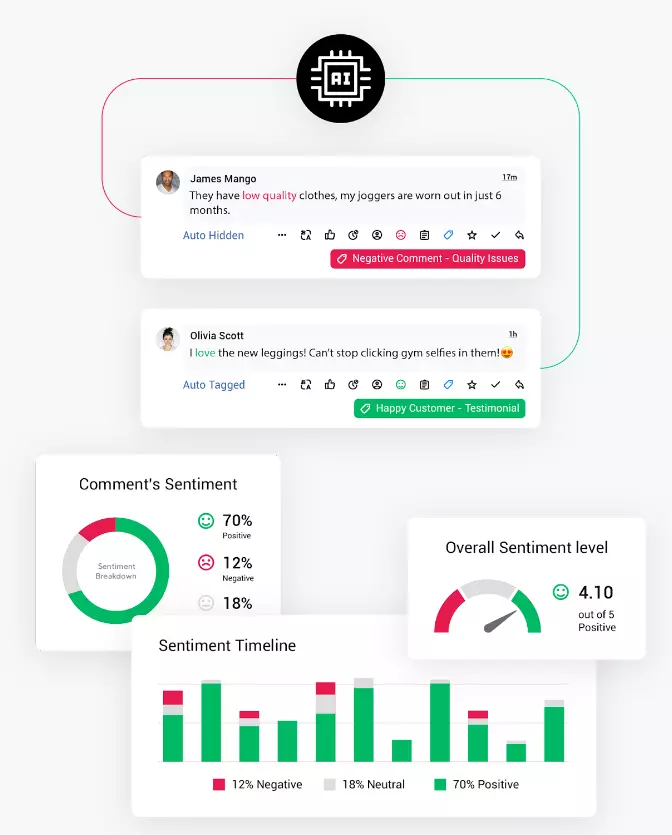
Sign up for a FREE demo today to learn how we can help!
2. Creating Word Cloud
Word clouds help to identify general themes for your app reviews. In this technique, every word in the chart is sized according to their relative frequency of occurrence, with the words used most appearing the largest.
It measures frequency, not sentiment. So you can discover that a lot of users are discussing your customer service, for instance, but you cannot understand the ratio of positive to negative reviews from Word Cloud. You should use Word Cloud as a launchpad to discover which app issues require a deeper look.
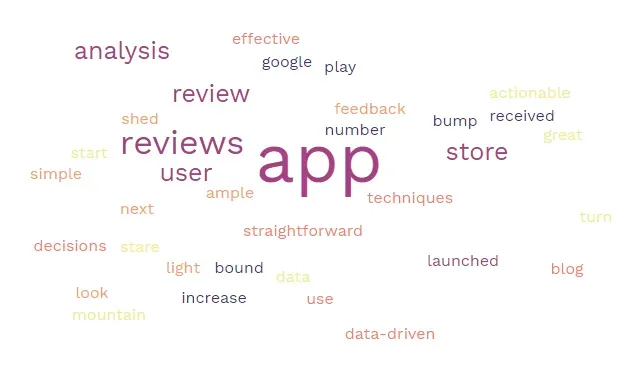
3. Performing Root-Cause Analysis And 5 Whys
5 Whys is a problem-solving technique that identifies the root causes of problems. The nature of the problem and its solution becomes clear by repeating why five times.
The process is very simple. The idea behind this technique is that you have a problem. Now, your goal is to identify the root cause of your problem. This should be done by repeating the question "why?" Every time you answer the why you have to ask again until there are no more whys to be answered and you have reached the root of the problem.
Root-cause analysis is important for getting to the bottom of app users' complaints and preventing the same complaint from arriving again in the future.
4. Net Promoter Score Survey
A simple and widely-used question yields powerful results: "On a scale from 1 to 10, how likely are you to recommend the app to your friend or colleague?" NPS is often seen as the primary KPI for measuring customer loyalty.
Those who rate 9 or 10 are known as promoters, 7 or 8 as passives, and those who rate your app between 0 to 6 are known as detractors. Instead of being an average of 10, your total score could be anywhere from -10 to 10.
This technique is highly effective in raising your app rating and controlling user churn rate.
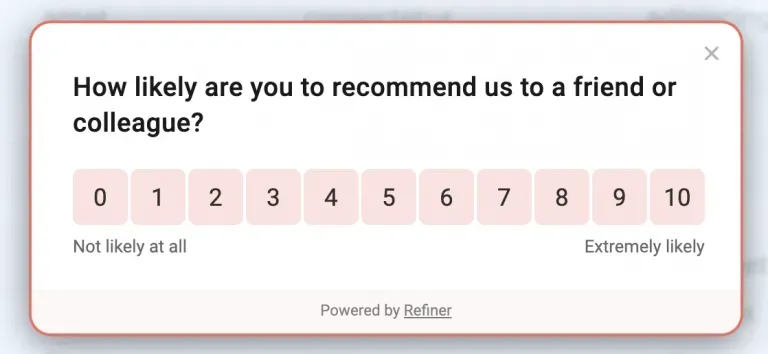
Image Source: Refiner
5. Review Tagging
Manually tagging your user reviews is an excellent way to dive deeper into your data. Categorizing your app reviews will help you condense the content of every response and summarize your overall feedback. Hierarchy tagging will simplify the data even more for you.
Ensure that the tags you choose should be broad enough to cover multiple kinds of app reviews but specific enough to be insightful. Some app reviews will have multiple applicable tags.
To avoid manual tagging of reviews and errors in tagging, reputation management tools like Statusbrew can make the task simpler for you. In fact, you can even automate the process of tagging reviews and create Tag Insights reports for ease of app review analysis.
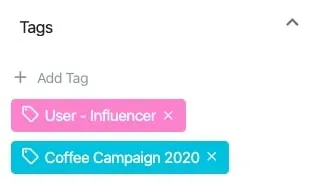
Sign up for a FREE demo with Statusbrew today to learn how we can help!
Now, Start Analyzing App Reviews With Ease!
Listening to your app users' feedback and using it to make improvements to your app can be a surefire way to boost downloads and sales.
Once you have all user reviews collected, it is just a matter of analyzing it all. However, this can be quite difficult to implement when you receive reviews at scale with lots of feedback to go through. This is where a review management platform like Statusbrew can help.
Statusbrew makes it easy for you to analyze app reviews at scale and discover the insights you need to make informed decisions. It allows you to manage review teams along with your team while also understanding your app user's emotions at a scale using AI-powered sentiment analysis.
Grab a FREE demo of the platform with NO COMMITMENTS required ?
Statusbrew is an all-in-one social media management tool that supports Facebook, Instagram, Twitter, LinkedIn, YouTube, and even Google My Business.
FAQs (Frequently Asked Questions)
Here are some commonly asked questions about app review analysis:
What is app review analysis?
App review analysis provides an opportunity to identify common user complaints and improve app users’ experience in terms of feature refinement and bug fixing.
How do you analyze an app review?
The top 5 methods to analyze an app review are tagging, word cloud, sentiment analysis, root cause analysis, and NPS survey.
What app analytics metrics should I track?
The eight key mobile app performance metrics to track are:
- Reviews
- Average daily sessions per daily active users
- App retention rate
- App churn rate
- App stickiness
- Downloads and install
- App acquisition
- Active app users

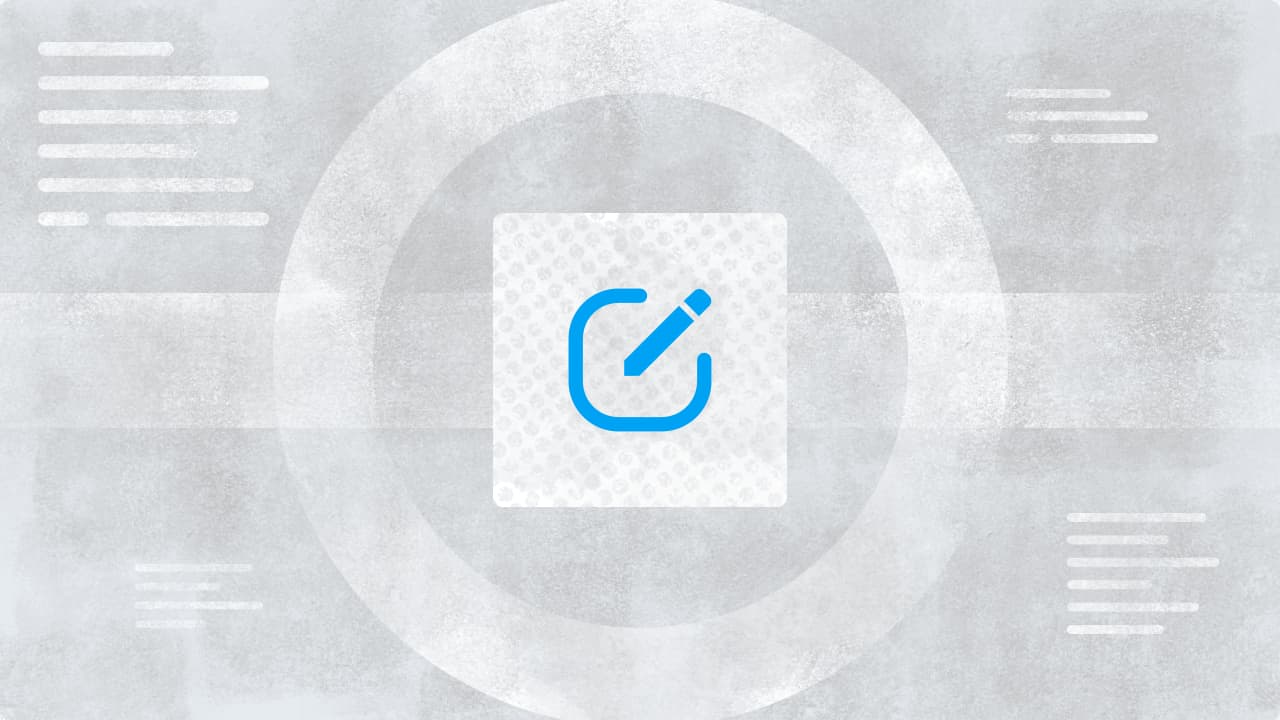


Explore the Statusbrew range of social media tools
Cancel anytime!